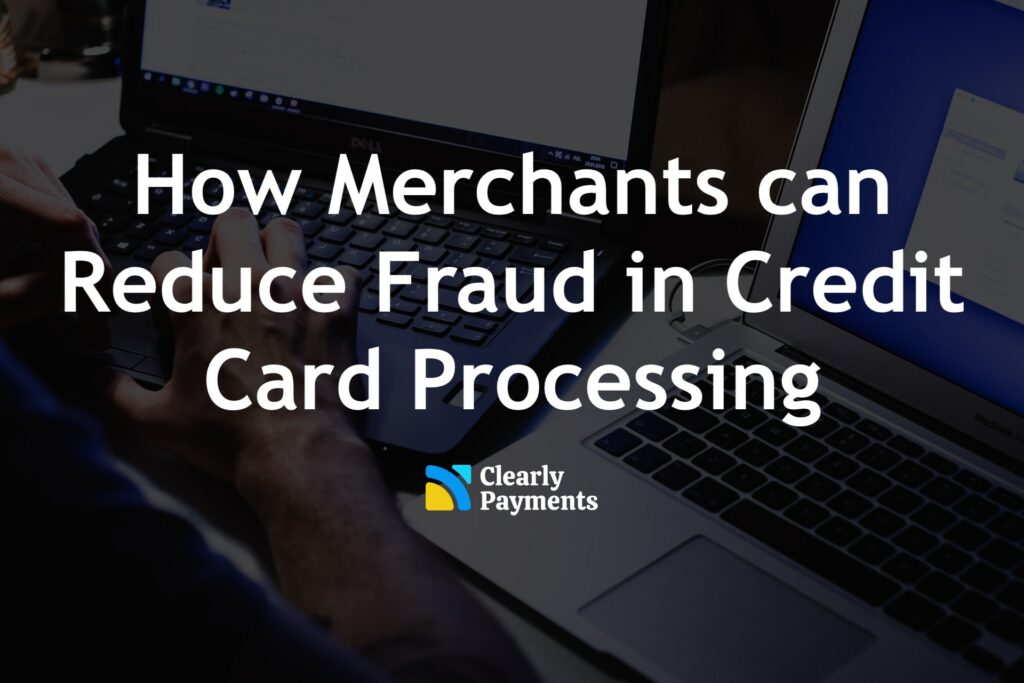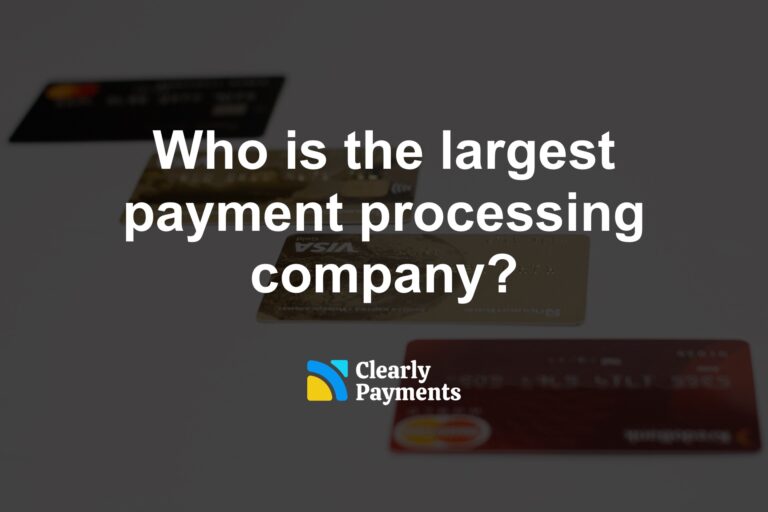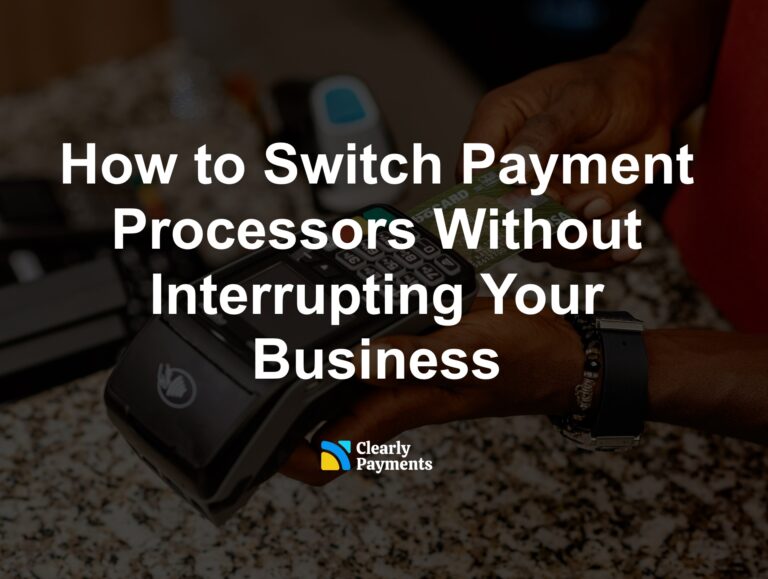Fraud in credit card processing is a significant problem that costs businesses and consumers billions of dollars each year. The exact size of the problem is difficult to estimate.
Global card payment fraud is estimated to cost $32.34 billion in 2021 for merchants. That’s a staggering amount. In Canada, the Canadian Anti-Fraud Centre received fraud reports totaling an all-time high of $530 million in losses in 2022. In the United States, credit card fraud losses totaled $11.2 billion in 2020 according to the Nilson Report. According to UK Finance, the United Kingdom reported losses of £754 million (approximately USD $985 million) due to card fraud in 2020.
These numbers only represent reported cases of fraud and do not account for unreported or undiscovered instances of fraud. The increasing adoption of digital payments and the rise of online shopping and eCommerce has made it easier for fraudsters to commit credit card fraud, making it a persistent issue for the payment processing industry.
Different types of fraud merchants should know
There are several types of credit card processing fraud that merchants should be aware of. Some of the most common types include:
Chargeback fraud: This occurs when a customer disputes a charge made on their credit card, even though they made the purchase. This type of fraud can be perpetrated by customers who want to get their money back without returning the merchandise or by fraudsters who steal credit card information. If you’re not familiar with chargebacks, read the article what is a chargeback in payment processing.
Identity theft: Identity theft occurs when a fraudster steals a person’s personal information, including credit card information, and uses it to make purchases. This type of fraud can be difficult to detect, as the person making the purchase may appear to be a legitimate customer.
Card testing: This occurs when fraudsters test stolen credit card information by making small purchases to see if the card is still active. Once they confirm that the card is valid, they can use it for larger purchases or sell the information on the dark web.
Friendly fraud: This occurs when a customer makes a legitimate purchase, but then disputes the charge, claiming that they never received the merchandise or that the charge was fraudulent. This type of fraud can be difficult to prevent, as the customer may genuinely believe that the charge was fraudulent.
Skimming: This occurs when a fraudster installs a device on a credit card reader to steal credit card information. This type of fraud is most common at ATMs and gas stations where there are often unattended card readers.
Fraudsters are becoming more sophisticated and new tactics are being deployed all the time. This is one reason why merchants should work with reputable payment processors with deep experience in fraud.
Steps merchants can take to reduce fraud
Merchants can take steps to prevent credit card processing fraud by implementing the below steps. They should also continue to educate themselves and their employees about the different types of fraud and how to prevent them. Overall, here are the steps merchants can take:
Use fraud detection tools: Discussed further below in the next section, there are several fraud detection tools available that can help identify and prevent fraudulent transactions. Merchants should implement these tools and configure them appropriately to maximize their effectiveness. Payment processors, like Clearly Payments, offer these tools and help implement fraud detection tools for merchants.
Implement strong authentication: Strong authentication methods, such as multi-factor authentication, can help verify the identity of the person making the payment and reduce the risk of fraud. Merchants should consider implementing strong authentication requirements for high-risk transactions or customers.
Educate customers: Merchants should educate their customers about the risks of fraud and how to protect themselves. This can include providing information about common scams and phishing attacks and encouraging customers to use strong passwords and protect their personal information.
Monitor transactions: Merchants should monitor transactions and investigate any suspicious activity. This can include reviewing transaction data for anomalies and following up with customers to verify the legitimacy of the transaction.
Stay up-to-date on fraud trends: Merchants should stay informed about the latest fraud trends and adjust their fraud prevention strategies accordingly. This can include working with payment processors or industry organizations to share information and best practices. You can follow the Clearly Payments blog to stay updated on credit card processing.
Tools you can implement to reduce fraud
Fraud detection tools are software applications that help merchants and payment processors identify and prevent fraudulent transactions. These tools significantly reduce the change of fraud, particularly for online credit card processing where most fraud occurs.
Some common fraud detection tools used in payment processing include:
- Fraud scoring: This tool assigns a numerical score to each transaction based on various risk factors, such as the customer’s location, transaction amount, and purchase history. Transactions with higher scores are flagged for further review, reducing the risk of fraud.
- Address Verification Service (AVS): AVS verifies the billing address provided by the customer with the address on file with the credit card company. If there is a mismatch, the transaction may be flagged for fraud.
- Device fingerprinting: This tool collects information about the device used to make the transaction, such as the IP address, operating system, and browser type. If the device is associated with suspicious activity or known fraudulent transactions, the transaction may be flagged for further review.
- Card Verification Value (CVV): CVV is the three-digit code on the back of a credit or debit card. Merchants can use this code to verify that the person making the purchase has physical possession of the card.
- 3D Secure: 3D Secure is a protocol used to verify the identity of the person making a payment. It requires the customer to enter a password or other authentication method in addition to their credit card information.
- Geolocation: Geolocation can be used to track the location of the customer’s device and compare it to the billing address and other information provided. If the location does not match, the transaction may be flagged for fraud.
- Transaction monitoring: Transaction monitoring involves analyzing transaction data to identify patterns or anomalies that may indicate fraudulent activity.
- Machine learning: Machine learning algorithms can be trained on large amounts of transaction data to identify patterns and anomalies that may indicate fraudulent activity.
- Risk-based authentication: Risk-based authentication uses a variety of factors, such as the transaction amount and the customer’s history, to determine the level of risk associated with a transaction. Based on this risk level, the authentication requirements may be adjusted.
These tools can be used in combination to create a comprehensive fraud detection system that helps prevent fraudulent transactions and protect merchants and consumers alike.




